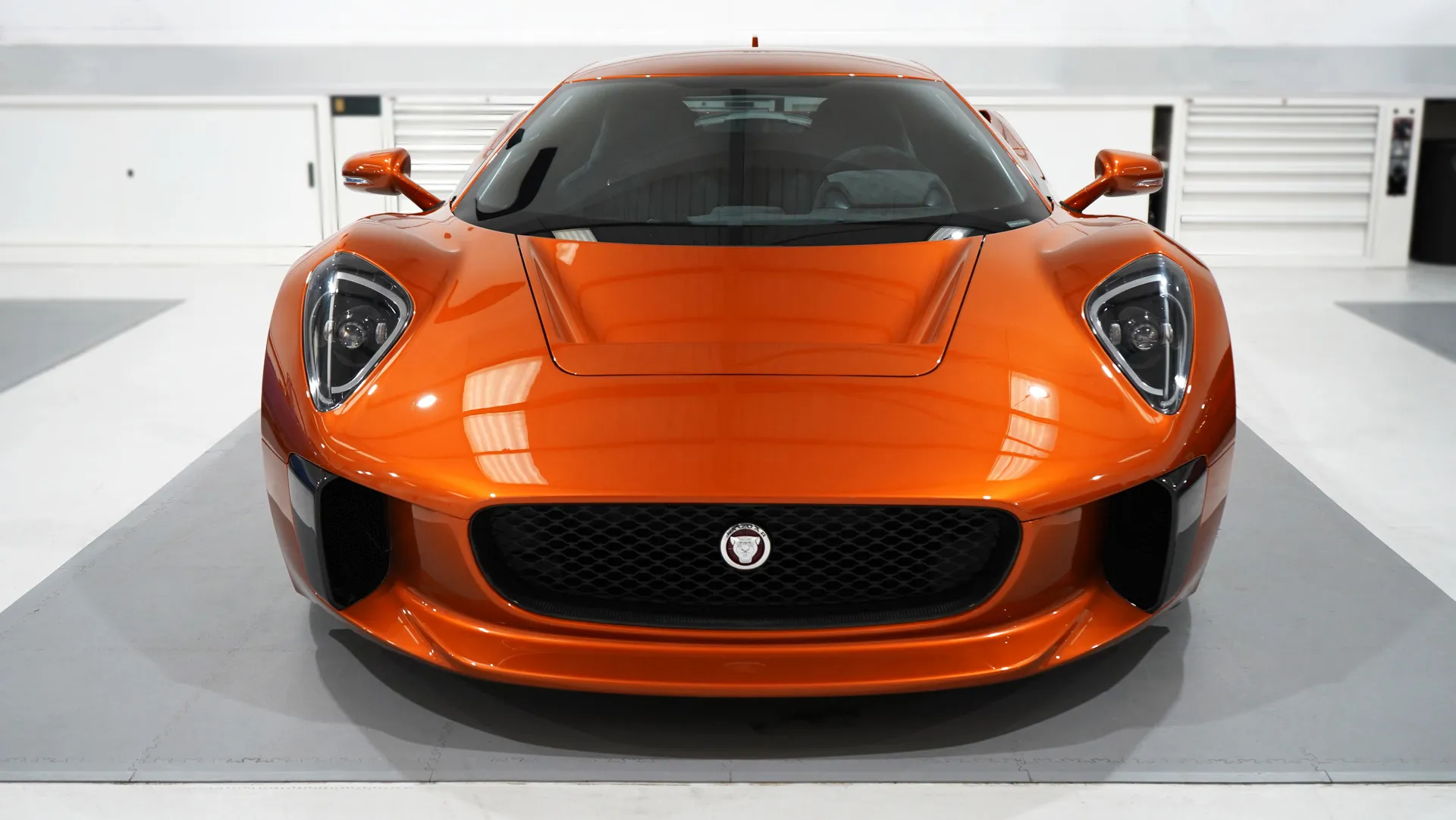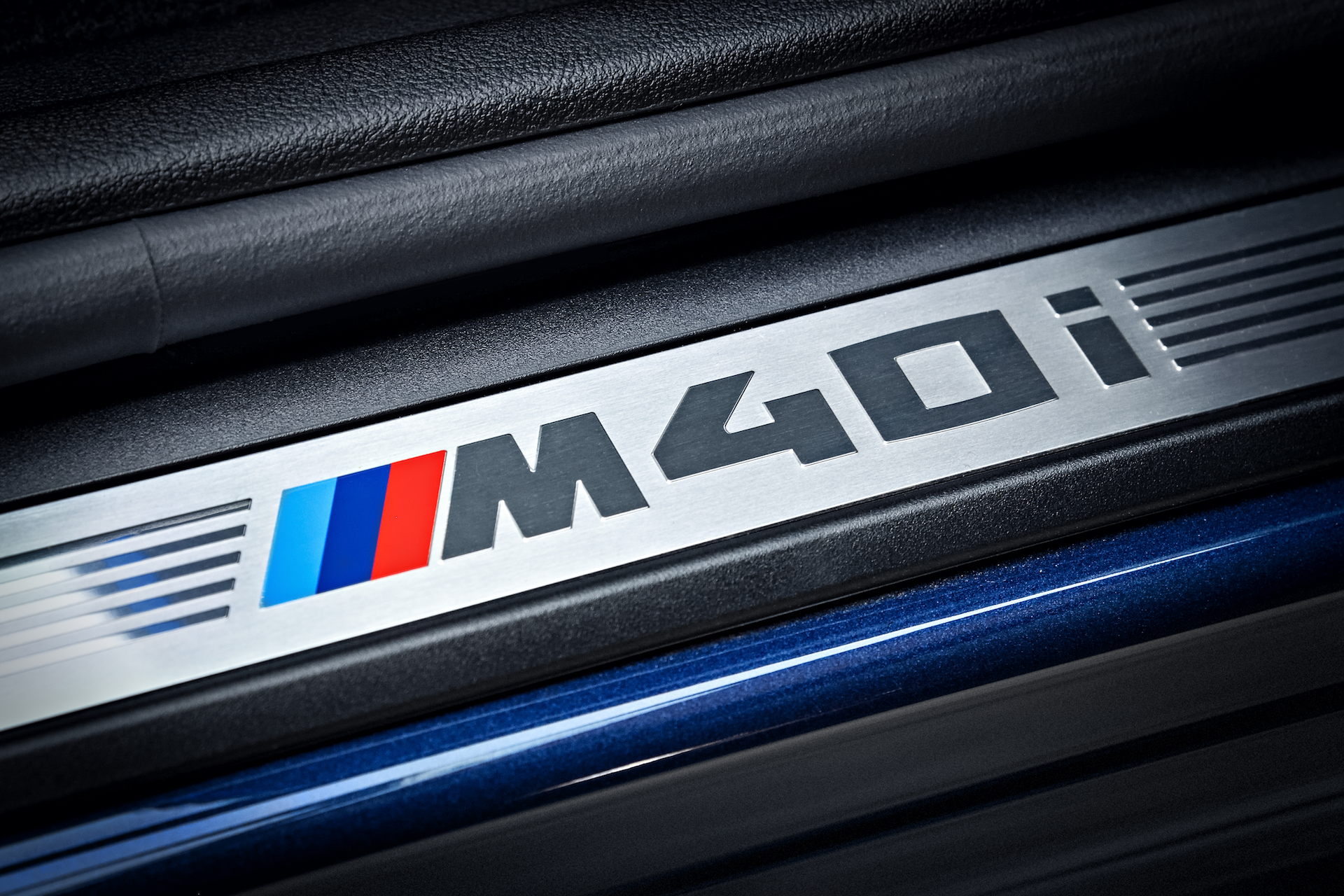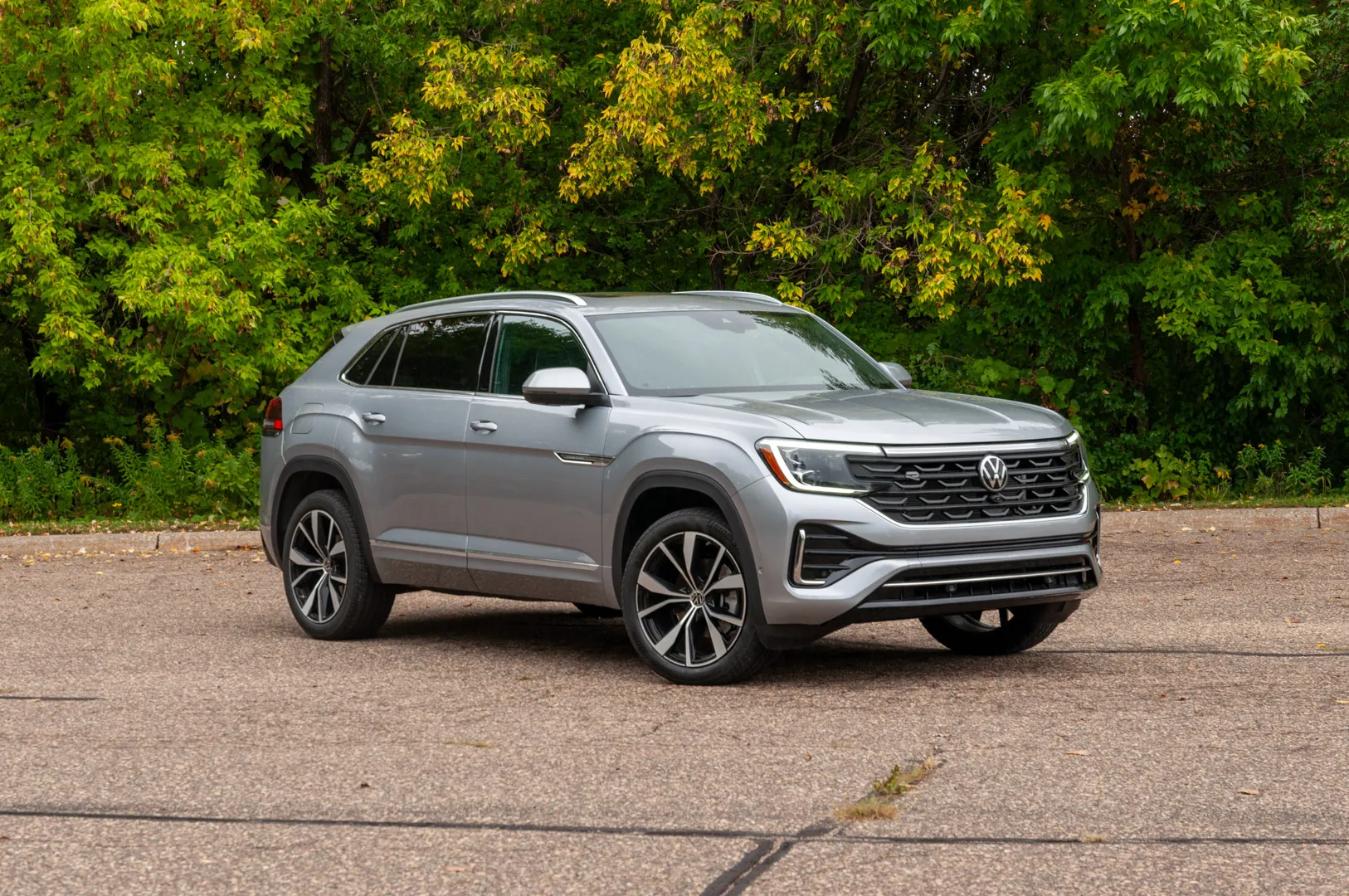The Jaguar C-X75 has finally been made street-legal, 14 years after the stunning supercar concept was first shown to the world at the 2010 Paris auto show.
Jaguar itself wasn’t involved with the endeavor, however. Instead the honor goes to Callum, the design and engineering company founded by the C-X75’s own designer, Ian Callum.
The C-X75 featured in the story is located in the U.K. and only resembles the original concept. Its mechanicals are very different. The car started out life as one of five C-X75 clones built by WAE, formerly Williams Advanced Engineering, to be used as stunt cars for the 2015 James Bond film “Spectre.”
The C-X75 served as the ride of one of the villains, while Bond went with a car from his favorite brand, in this case the Aston Martin DB10 which was developed exclusively for an appearance on the big screen, though it also served as a strong preview for the upcoming Vantage redesign. Four of the five C-X75 stunt cars survived filming and were later sold to the public, and now one of them has been heavily worked over by Callum to make it suitable for road use.
Jaguar C-X75 concept street-legal conversion by Callum
The stunt cars feature a bespoke tubular spaceframe chassis and ride on rally-derived suspension. They also pack a version of JLR’s supercharged 5.0-liter V-8 instead of the hybrid setup shown in the concept.
Among the modifications required to meet the U.K.’s Individual Vehicle Approval (IVA) certification, Callum had to install all the mandatory features found on most cars, like proper mirrors, new switchgear, E-marked glass, an emissions-compliant exhaust system, and much more. Callum said there were hundreds of changes made. It’s easier to make non-production vehicles street-legal in the U.K. due to the single vehicle type approval rules there, so a similar conversion for the U.S. may not be applicable.
Callum also made a few changes to improve the appearance of the car and some handling characteristics. Things like panel gaps were reduced and aligned, while carbon-fiber elements had their surfaces refinished. Other surfaces were also treated and repainted. Some adjustments to the suspension were also made, Callum said.
The original C-X75 concept was shown with a series plug-in hybrid powertrain, where a pair of jet turbines were used instead of a conventional gas engine. Jaguar confirmed plans for production a year after the concept’s debut, with the production model intended to use a 1.6-liter turbo-4 that the Williams F1 team had planned to take racing before F1 decided on the current turbocharged V-6 engine format. Economic realities and tough competition from the established supercar marques led Jaguar to pull the plug on the C-X75 project just a year into its development.



